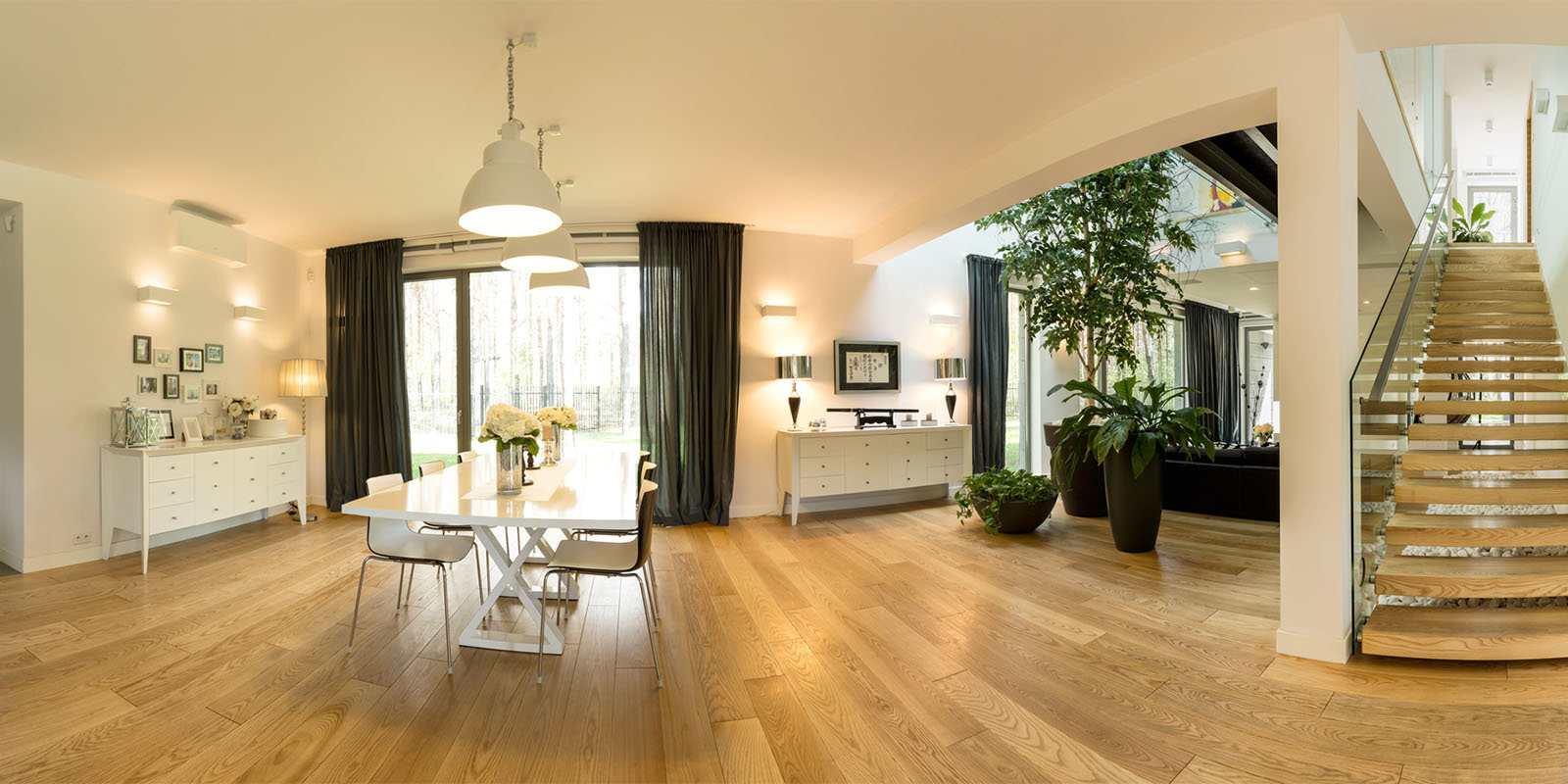Why the change?
Panoleh has been around for almost 3 years. Yes, it is that long! With your help and support, we have now expanded to markets beyond our shores of Singapore.
To further facilitate our brand, and to expand your reach even further, we have decided to rename ourselves to Panopedia.
Why Panopedia, you might ask. All thanks to you, we are the fastest growing and now one of the largest database of 360 Virtual Tours in the world! Of course, with such a large database at our disposal, we will be launching new features and even a new Panotour Builder that will help you showcase your portfolio better. After all, our vision has always been to expand your reach beyond our shores.
What are the changes?
Besides the change of the logo throughout the entire site, you will notice that the logos on emails such as this, are changed as well.
Please also note that emails from us will now be from @Panopedia.com instead of @Panoleh.com. However, should you receive any email from @Panoleh.com, do contact your friendly account manager for verification, or you may just reply this message.
URLs will also be changed from www.panoleh.com to www.panopedia.com. However, this URL change will not affect your embedded Panotours, as the Panoleh.com domain name still and always belong to us.
Our social media pages will be merged soon, but I will send you an update once that happens.
How will this affect me?
The rebranding exercise was intended to be minimally disruptive, and hence your Panotours and subscriptions will not be affected in any way. However, should you encounter any errors arising, or any issues whatsoever, please inform your friendly account manager for rectification.
Take note
Panoleh and Panopedia are brand names wholly owned by Clover & Dime Pte Ltd., Singapore. Any and all related domains from other countries, are owned by Clover & Dime Pte Ltd, but may be under the management of our subsidiary offices in the relevant country.
For verification, please contact us should you have any doubts.


